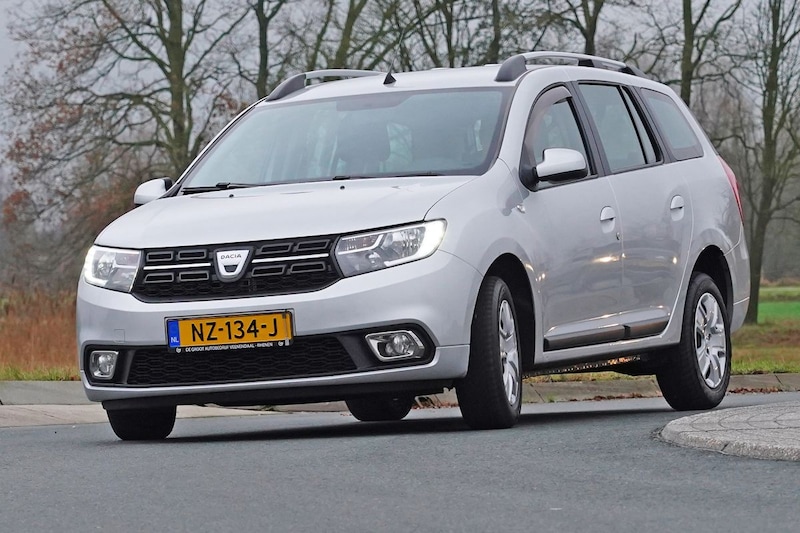TCe 90 on petrol and LPG

The Dacia Logan MCV is the last real station wagon in the Dacia range. After all, its indirect successor, the Jogger, is more of an MPV. While older Logans were known for their rudimentary engine technology, the second generation, which appears in this article, was equipped with quite modern Renault technology. How economical does that make this spacious station wagon?
Under the hood of this Logan you will find the 0.9-liter small, three-cylinder TCe that you can also recognize from the Renault Clio and Captur, among others. In all cases it delivers 90 hp, which is not surprising when you realize that the curb weight of a basic Logan is only 1,013 kilograms. In 2020, the 0.9 TCe was replaced by a 1.0 TCe, but we do not have enough data about that engine. Interesting fact: the Logan MCV car was optionally supplied with an LPG installation, that variant is also discussed.
Gasoline consumption Dacia Logan MCV
First we focus on gasoline consumption. The Logan MCV drivers in our database show an average of 1 in 15.9 (6.3 l/100 km). That it can be considerably more economical is proven by a driver who kept track of consumption for seven months and 10,954 kilometers. This resulted in an average of 1 in 18.7 (5.3 l/100 km). But it can be even better. Even over a distance of 83,450 kilometers and almost 7 years, the Logan MCV appears to be quite economical. The owner who achieved this performance drove an average of 1 in 18.6 (5.4 l/100 km).
At the bottom of the list we see a driver who achieves 1 in 14.5 (6.9 l/100 km), but the period in which this consumption was achieved is quite short. That does not immediately make the value unrealistic, because the second most economical Logan MCV ‘does’ 1 in 14.8 (6.8 l/100 km) over a distance of 14,935 kilometers.
Logan MCV: the LPG consumption
The Logan MCV was also available as a so-called ‘Bi-Fuel’. As expected, it is slightly less economical, as a liter of LPG contains less energy than a liter of petrol. In fact, if you do a calculation, the average achieved 1 in 14.4 (6.9 l/100 km) is exactly the value that you would achieve in the best case.
The most economical LPG driver appears not to avoid petrol trips. Compared to a gas consumption of 1 in 16 (6.3 l/100 km), a petrol consumption of 1 in 48.8 (2.05 l/100 km). The driver with the second best value, 1 in 14.7 (6.8 l/100 km), also regularly drives on petrol. A driver who mainly drives on gas, and probably only drives on petrol for the first kilometers, achieves an average of 1 in 13.6 compared to 1 in 181.8 (0.55 l/100 km) on petrol. The measurement lasted a total of 73,667 quite cheap kilometers.
– Thanks for information from Autoweek.nl